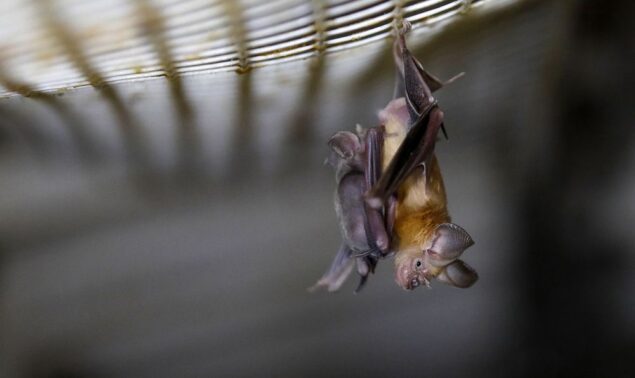For centuries, bats have been called ominous and disturbing, probably because of their pearly eyes and razor-sharp fangs. But there is more to these nocturnal creatures than meets the eye. There are more than 1,300 species of bats globally, which is the second-largest group of mammals after rodents. Some weigh less than a coin, while others have wings length of six feet, but they are all impressive and vital members of their ecosystems.
With more than 1300 species globally, it is not surprising that bats eat a lot of different types of food. They are also great hunters, able to detect the faintest sounds and the slightest movement.
Depending on their varied species, bats have a varied diet. Some bats only eat insects, while others eat fruit nectar. Other types of bats are carnivorous. And yet there are still bats that feed exclusively on blood and are called vampire bats. They are found primarily in Mexico and countries other than the United States; they consume the blood they extract from the local wildlife.
Do bats eat spiders?
There are two main types of bats: microbat and megabat. Most bats are insectivorous microbats (between 60-70%) that feed on insects like moths that come out at night. Vampire bats are the only microbat species that feed on blood rather than insects. But don’t worry – they prefer to drink livestock and horses over people.
These bats feed on insects, and although spiders are not considered insects, some species of insectivorous bats feed on them. Northern myotis and small brown myotis are examples of bat species that feed mainly on spiders.

Do bats eat snakes?
Snakes are the common predator of bats that consume fruit. Snakes can easily blend in with trees and plants where such fruits grow. These snakes can range in size from small to relatively large.
One more interesting fact about the diet of hungry bats is that all the bats that are carnivorous, are osteophagous, which means that these bats eat the bones of their prey along with their soft tissues.
Do bats eat rats?
Predatory bats eat a wide variety of prey, which includes mice, birds, frogs, fish, and even other bats.
A relatively large group of carnivorous bats that eat mice and other small rodents belongs to the species collectively known as false vampire bats. These bats are considered monogamous for life. They live together, and although both parents bring food to the young, the mother usually stays with the young while the father hunts. These bats feed on rodents, birds, and other bats. These bats make up several different species that can be found around the world.
Do bats eat bugs?
Bats are very useful creatures. Nearly 70 percent of all bat species in the world feed on insects only. Each bat can eat 600 to 1000 mosquitoes and other insect species in just one hour.
The selection of bugs varies widely for bats. They often eat moths, crickets, locusts, fruit flies, mosquitoes, beetles, mosquitoes, and other insects.
To navigate dark caves and hunt in the dark, they use echolocation, a system that allows them to locate objects using sound waves. They echolocate, emitting a high-pitched sound that propagates until it hits and bounces off an object. This echo tells them the size of the object and how far away it is.
Despite all the misconceptions associated with bats, they are very important to humans and the environment. Insect-eating microbats consume millions of bedbugs per night, acting as a natural defense against pests. Thanks to bats, farmers can rely less on toxic pesticides, which cost them millions of dollars each year.
Do bats eat fruit?
In addition to the species of bats, some megabats live in the tropics and eat fruits, nectar, and pollen. These bats are called Frugivorous. The favorite foods of these bats are figs, mangoes, dates, and bananas. Some carnivores are known to drink sugar water from hummingbird feeders. They have large eyes and a stronger sense of smell than microbats, but their ears are smaller because they do not echolocate. There are over 150 species of megabats, which are usually but not always, bigger than microbats.
Nectar-drinking bats also pollinate the plants so they can bear fruit. There are over 500 plant species, including mangoes, bananas, avocados, etc., which depend on bats for pollination. Fruit-eating bats also help disperse seeds so rainforests can grow, helping to mitigate widespread deforestation. Consequently, it plays a role in nature conservation.


